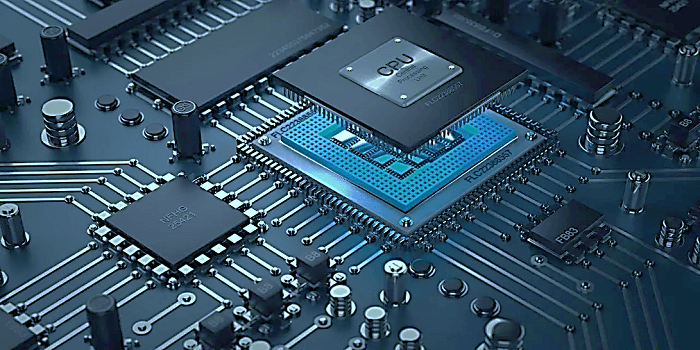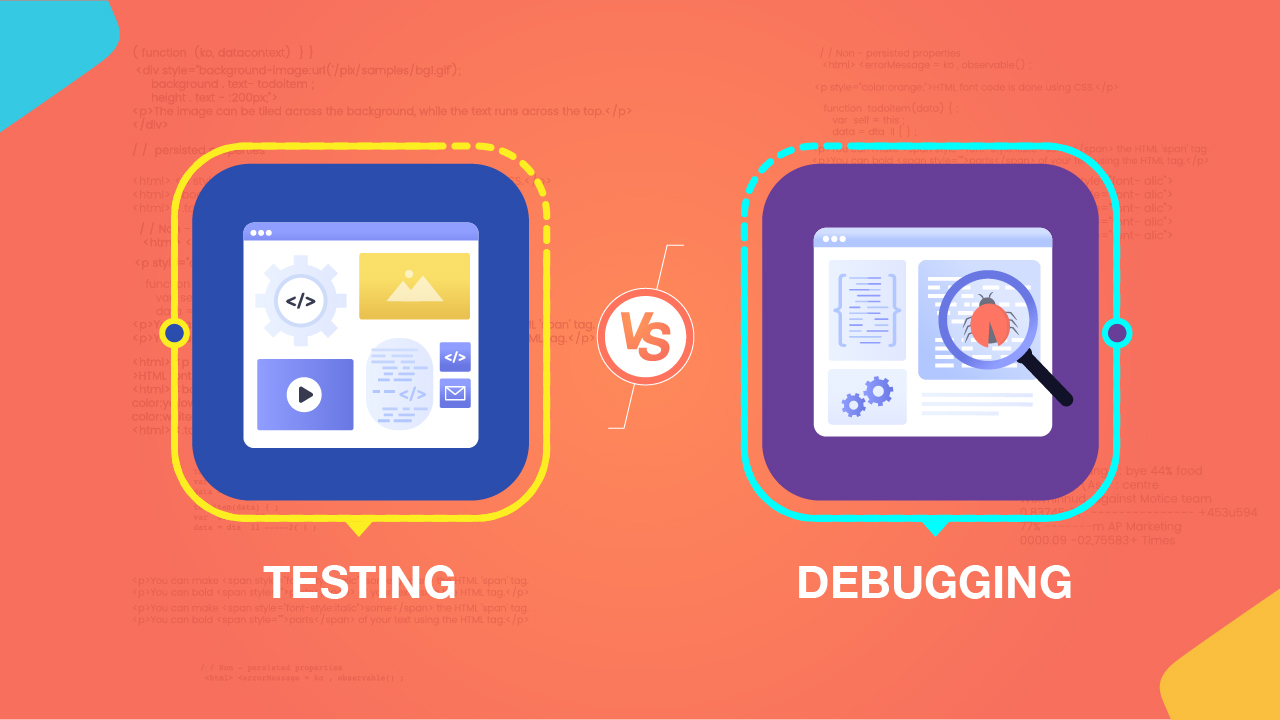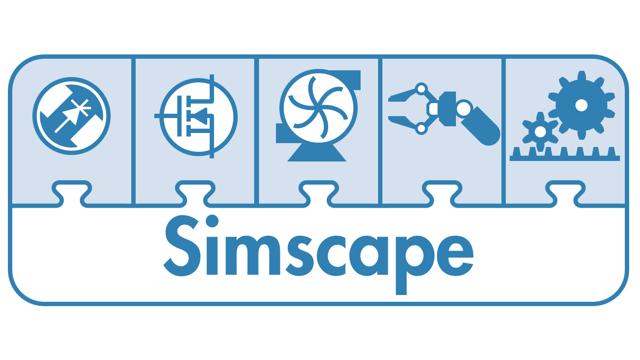Introduction to Embedded Systems | What is Embedded System | Embedded System basics | How to learn Embedded C
Embedded Systems
Embedded systems are ubiquitous in today's world, from small consumer electronics to critical systems in automobiles and aircraft. Embedded C is a programming language used to develop software for embedded systems, and it is one of the most widely used languages for this purpose. If you are new to embedded programming, this post will help you understand what Embedded C is and how to get started with it.
What is Embedded C?
Embedded C is a variant of the C programming language that has been specifically designed for use in embedded systems. Embedded systems are computer systems that are designed to perform a specific task, and they are typically embedded within a larger system. Embedded C is a subset of the standard C language and includes additional features and syntax that make it easier to write code for embedded systems.
Getting Started with Embedded C
To get started with Embedded C, you will need a few things:
- A Development Board: A development board is a small computer system that is designed for programming and testing embedded software. Some popular development boards include Arduino, Raspberry Pi, and STM32.- An Integrated Development Environment (IDE): An IDE is a software application that provides a comprehensive development environment for writing, compiling, and debugging software. Some popular IDEs for embedded development include Keil, IAR, and Eclipse.
- A Basic Understanding of C Programming: Before you can start programming in Embedded C, you should have a basic understanding of the C programming language.
Once you have the necessary tools, you can start writing Embedded C code. Here are some tips to help you get started:
- Familiarize Yourself with the Hardware: Before you start writing code, you should take some time to familiarize yourself with the hardware you will be programming. This includes understanding the specifications of the development board, the microcontroller architecture, and the peripherals that you will be using.
- Start Small: When you are first learning Embedded C, it is best to start with small, simple projects. This will help you gain confidence and build a foundation for more complex projects in the future.
- Use Libraries and Examples: There are many libraries and examples available for Embedded C that can help you get started quickly. These resources can save you time and provide a starting point for your own projects.
- Debugging: Debugging embedded systems can be challenging, so it is important to have a good understanding of the debugging tools available in your IDE. These tools can help you identify and fix bugs in your code.Conclusion
Embedded C is a powerful programming language that is used extensively in embedded systems. Getting started with Embedded C requires a few tools and a basic understanding of C programming. By following the tips outlined in this post, you can start writing Embedded C code and developing your own embedded systems projects. With practice and experience, you can become proficient in Embedded C and take on more complex projects.




Comments
Post a Comment